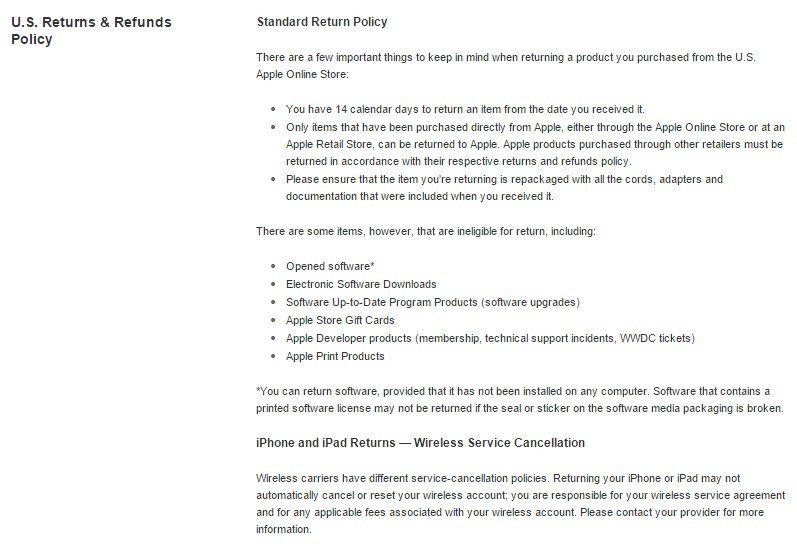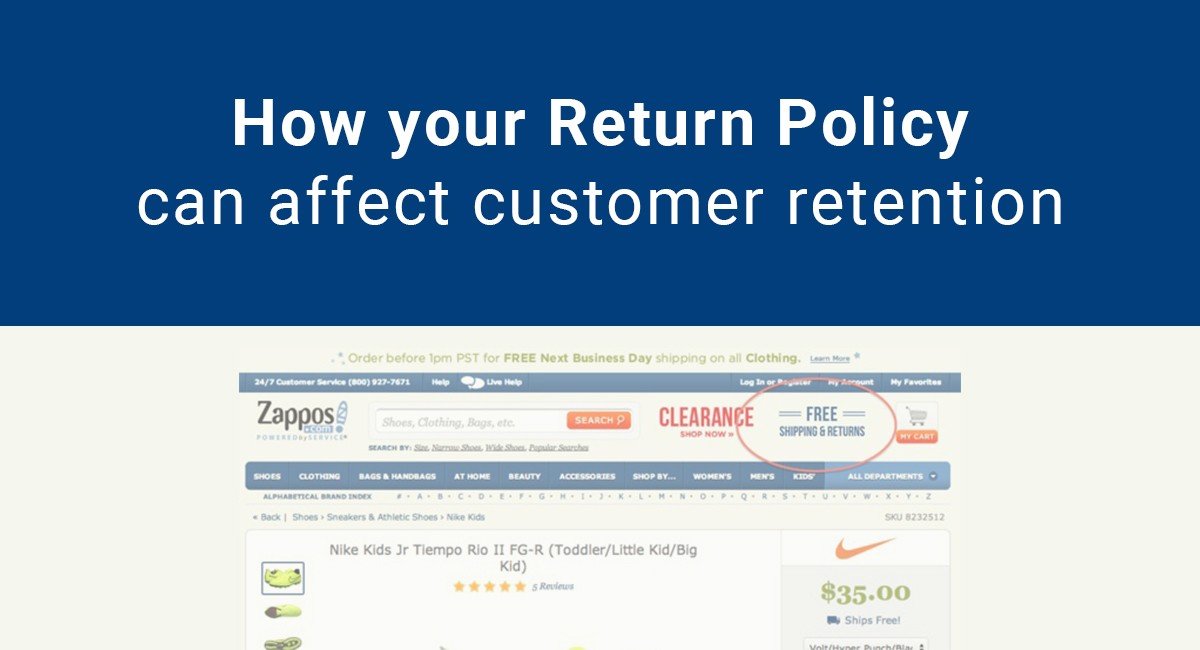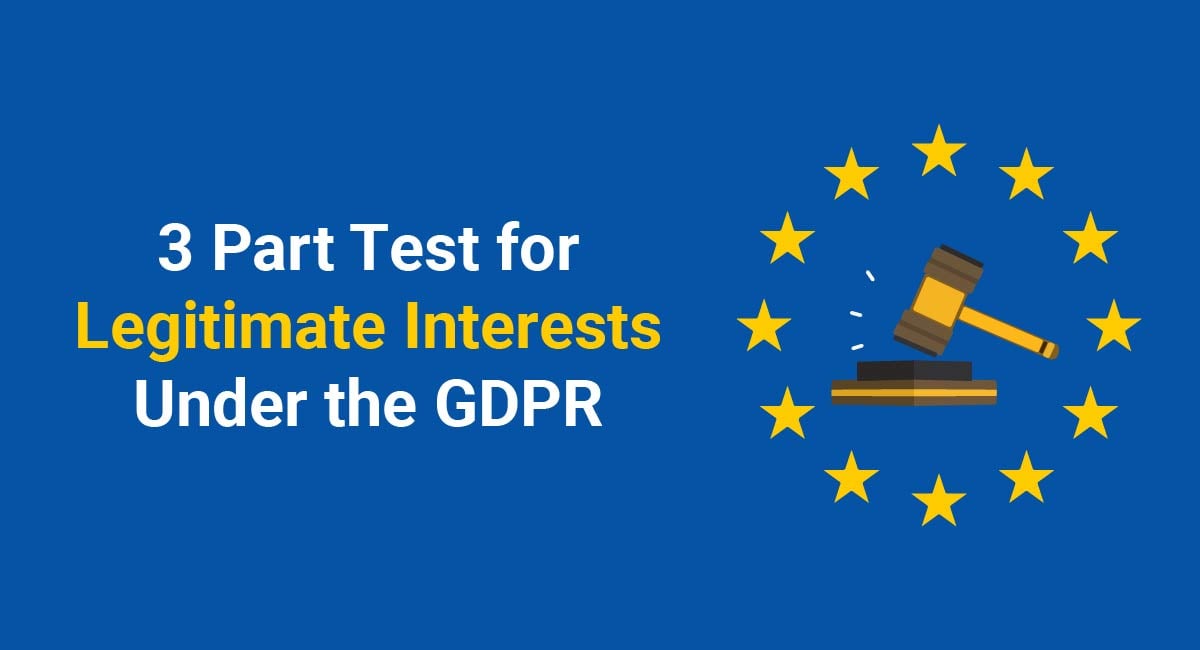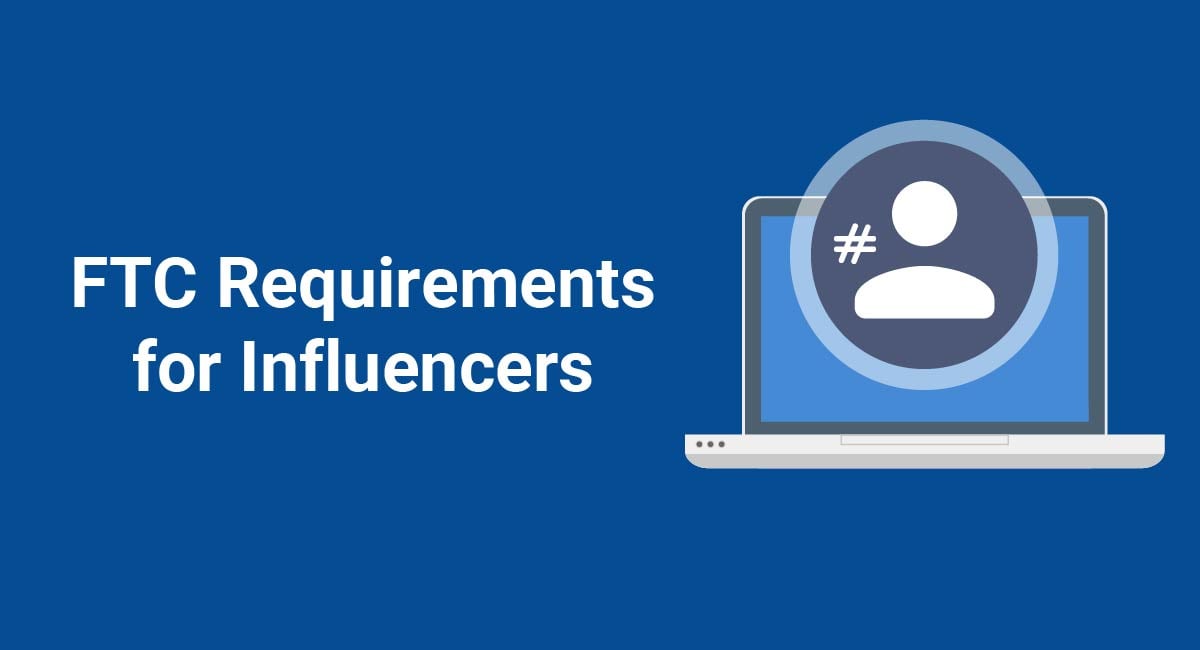When shopping, especially online, customers review a Return Policy before they make a purchasing decision.
Cart abandonment is already a common problem for retailers, so anything that you can do to retain customers during the purchasing process should be a high priority.
Specific features of your Return Policy can make or break a sale, so it's important to be aware of what you need to cover by law, and what you should cover for greatest customer satisfaction. That's what this article will cover.
Let's take a look at what a Return Policy is, what it should cover, what customers care about, and how it can fit into your overall marketing and customer strategy.
What's a Return Policy?
A Return Policy is the document that covers the situation where a customer wants to bring a purchased item back and exchange it for cash, a replacement product, or store credit.
The customer may have many reasons for returning a product. A Distribution Center Operations Report reported by the Internet Merchants Association found that the top six reasons for customer returns were:
- The customer ordered incorrect product or size
- The customer decided the product was not needed or wanted
- No reason for return given
- The product did not match the description on the Website or in the catalog
- The product did not fit the customer's expectations
- The company shipped the incorrect product or size
While this is an old report, it stands true still.
A Return Policy is intended to set out how the merchant will deal with these scenarios, what recourse the customer will have, and the logistics of the return process such as who bears the delivery cost.
While a Return Policy is very common for ecommerce stores, it's also found in SaaS apps or when selling digital products.
What to Cover in a Return Policy
Your Return Policy will cover things like the types of items that are able to be refunded, the type of recourse your customer may receive (refund, replacement, or repair), and who covers the cost of delivery or postage for returning the items.
Different jurisdictions have varying laws on exactly what you need to cover. For example, UK and EU return and refund laws are different from U.S. return and refund laws, and U.S. federal laws are different from state laws.

In the UK, you're required to give a refund to your customer if your product is broken in some way, does not match the product description, or if it doesn't do what you said it would.
The UK also has laws for when a customer buys a product online or by mail. These laws require you to provide a refund within 14 days of receiving the product, and the customer does not have to give a reason.

In the U.S., there are also laws that set out how your Return Policy must be displayed in-store or online, and they differ state-by-state.
For instance, in California, you must display this kind of policy unless you offer a full cash refund, exchange or store credit, and they must be available within seven days of the purchase date. If you don't display this policy, customers can return the product within 30 days, and will receive a full refund, no matter what your policy says.
Your Return Policy should establish:
- Which items can be returned, and which cannot be (e.g. digital downloads can be refunded but not returned)
- Time limits and warranty periods on returning items
- Whether refunds are available, and in what form (cash, store credit, replacement item)
- Who is responsible for the shipping cost of physical items
Let's take a look at some of those clauses.
First, a clause covering which items can be returned may look like this example from Apple:

You can see that the policy does not allow opened software, electronic software, or gift cards (among other things) to be returned. Think carefully about exactly what your products are, and whether or not they can logistically be returned.
Here's an example of a Returns Policy that specifies the time period for the return:

Note that the business here allow a 30 day return period, except for products purchased during the Christmas season, which have a longer return timeframe allowed.
For covering shipping costs, take a look at this example:

This company requires the customer to pay the cost of return shipping unless the reason for the return is a result of the company's error. In some cases it may be difficult to determine whether an issue is the customer's fault or the error of the retailer, so think carefully about whether you want to implement something similar.
What Customers Care About
When looking at your Return Policy from a marketing and customer perspective (rather than a legal perspective) there are a number of things you can do to ensure that your policy doesn't lose you any customers.
Set and beat customer expectations
One key thing to include in your Returns Policy is your shipping and delivery time requirements. One easy way to ensure that your customers are kept happy is to over-deliver.
For example, give an estimate of when an item will be delivered, and then strive to beat it or be on the lower end of the window. This is better than under-delivering, such as by promising overnight delivery, then having delays. This will lead to unrealistic and unmet expectations that you yourself set, and your customers may think negatively of you.
Set a lengthy returns period
An older study was done by researchers at the University of Texas-Dallas looked at how these policies affect shopper behavior. They specifically examined how policies such as those containing long periods for returns could help or hurt a business, and the results were not what you might have expected.
The researchers found that a lenient policy resulted in more returns. But it was also correlated with an increase in purchases. Furthermore, the longer the period customers had to return an item, the less likely they were to return it.
The reasons behind this are unclear. Perhaps a longer return period gives customers time to get used to any flaws in the product (they keep thinking "I'll return it next week, I've still got time"), and they eventually decide to keep it.
Allow free returns
Another big factor in customer satisfaction when it comes to return is offering free returns or free postage. Just knowing that they can make returns and not lose money if they need or want to makes choosing to shop with you a risk-free process that consumers love.
Allowing customers to return items at no cost to them leaves them with a positive impression of your store, and will actually make you money in the long run.
Look at why items are being returned, and fix what you can
We discussed earlier what the top reasons are for a customer returning a product, which included that the customer had ordered the incorrect product or size, the product did not match the description, or the product did not meet the customer's expectations.
It's important to fix any problems with returns that are the store's fault, such as shipping the wrong size, or sending the wrong product. It's also important to remember that even things that look like the customer's fault may be the store's fault.
For example, if the customer returns an item because it did not match the description, go back and check to ensure that your descriptions and images are accurate and not misleading.
When a percentage of your returns are because there was a difference in the product appearance when compared to what the website displayed, it's important to get this right, as it could save you money and customers in the long run.
Summary
Having a good Return Policy for your store is important for keeping your sales practices in line with the law, but also for attracting, acquiring and retaining customers.
A high majority of consumers will be more loyal to retailers that have clear and generous Return Policies in place. Conversely, a high majority of consumers are less likely to buy from a store with a restrictive one.
Remember to find out what your local laws are for the content of your Return Policy, and how to display it to your customers.

Comprehensive compliance starts with a Privacy Policy.
Comply with the law with our agreements, policies, and consent banners. Everything is included.




